Notes: The Shrewsbury & Chester Railway (S&CR) opened throughout on 14 October 1848. The S&CR was formed in July 1846 out of a merger of the North Wales Mineral Railway (NWMR) and the Shrewsbury, Oswestry & Chester Junction Railway (SO&CJR). The NWMR had started the construction of a line between Saltney Junction (near Chester) and the Wrexham area in 1844. The SO&CJR was set up to create a route between Shrewsbury and Chester and the merger enabled that task to be carried out through an extension of the NWMR line. The first section of the line opened between Saltney Junction and a temporary railhead at Rhosymedre on 4 November 1846.
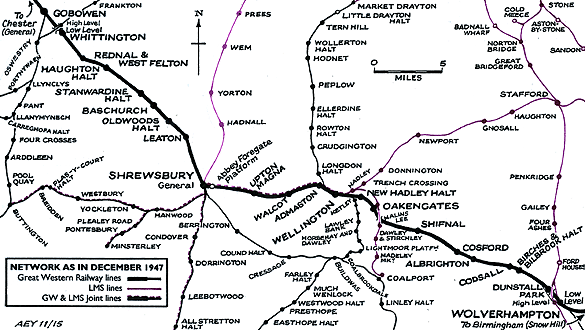 |
When the line opened throughout on 14 October 1848 a temporary station was provided at Shrewsbury. Located to the east of Cotton Hill Road to the north of the town the station was probably a simple timber construction as it was not intended to last for very long. It had six departures and six arrivals Monday-to-Saturday. All of the departures ran through to Chester the S&CR having running rights over the Chester & Holyhead Railway between Saltney Junction and the Cheshire county town.
The S&CR needed a temporary station at Shrewsbury because the permanent facility was not ready in time for the opening. A town station was under construction as a joint facility of the S&CR, the Shrewsbury & Birmingham Railway (S&BR), the Shrewsbury & Hereford Railway (S&HR) and the Shropshire Union Railways & Canal Company (SUR&CC). The joint station opened on 1 June 1849 and the temporary S&C facility closed. The area on which it stood was developed as the Castle Foregate goods station and the Coton Hill sidings.
On 1 September 1854 the S&BR and the S&CR were taken over by the Great Western Railway (GWR). To read more about the events that led up to the take-over click here. The SUR&CC was leased to London & North Western Railway (LNWR) when construction of the line had been completed.
The goods facilities lasted until the 1980s.
Route map by Alan Young.
Sources:
- A Regional History of the Railways of Great Britain - Volume II North & Mid Wales - Peter E Baughan - David & Charles 1980.
- Encyclopaedia of British Railway Companies - Christopher Awdry - Guild Publishing 1990.
- Paddington to the Mersey - Dr R. Preston Hendry & R. Powell Hendry - Oxford Publishing Company 1992.
- Railway Passenger Stations in Great Britain - a Chronology - Michael Quick - Railway & Canal Historical Society 2009.
To see the
other stations on the Shrewsbury - Chester General line
click on the station name: Leaton, Oldwoods Halt, Baschurch, Stanwardine Halt,
Haughton Halt, Rednal & West Felton, Whittington Low Level, Weston Rhyn, Trehowell Halt, Llangollen Road, Whitehurst Halt, Rhosymedre, Cefn, Rhosymedre Halt, Wynnville Halt, Johnstown & Hafod, Rhos, Rhosrobin
Halt, Gresford, Rossett, Pulford, Balderton and Saltney
See also: Shrewsbury & Chester Railway Locomotive Depot |

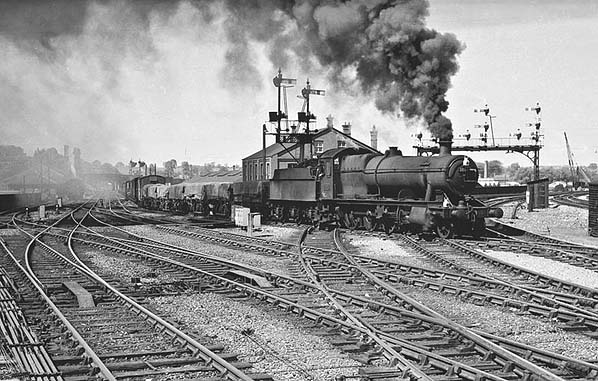
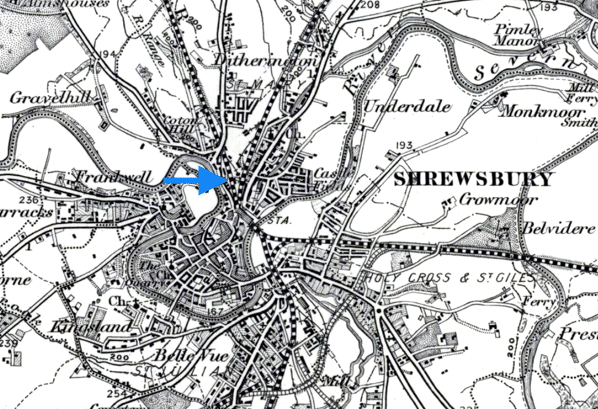
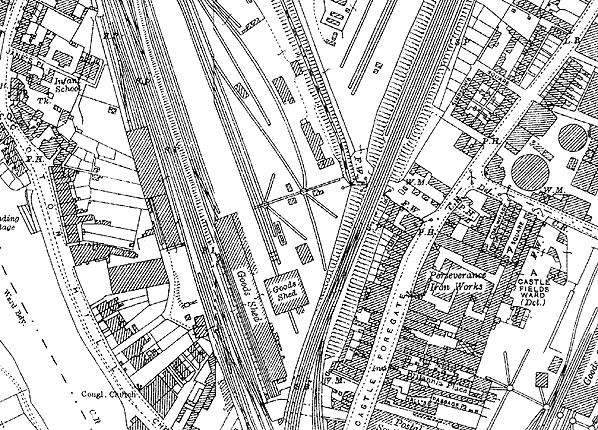
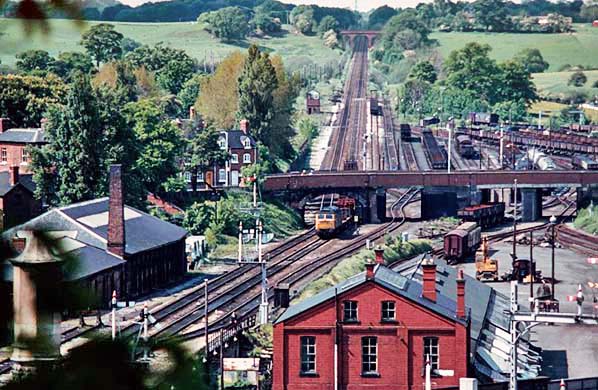
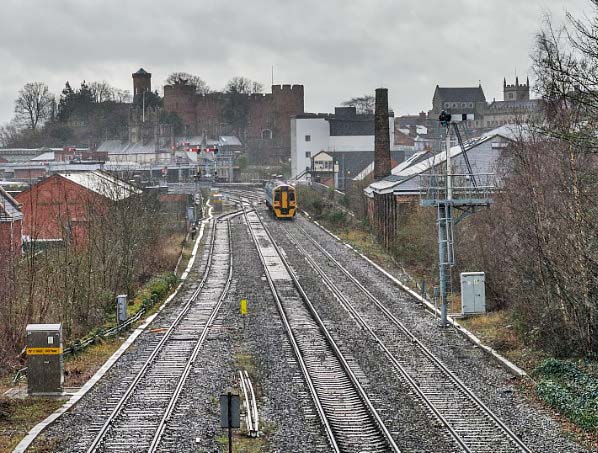


 Home Page
Home Page